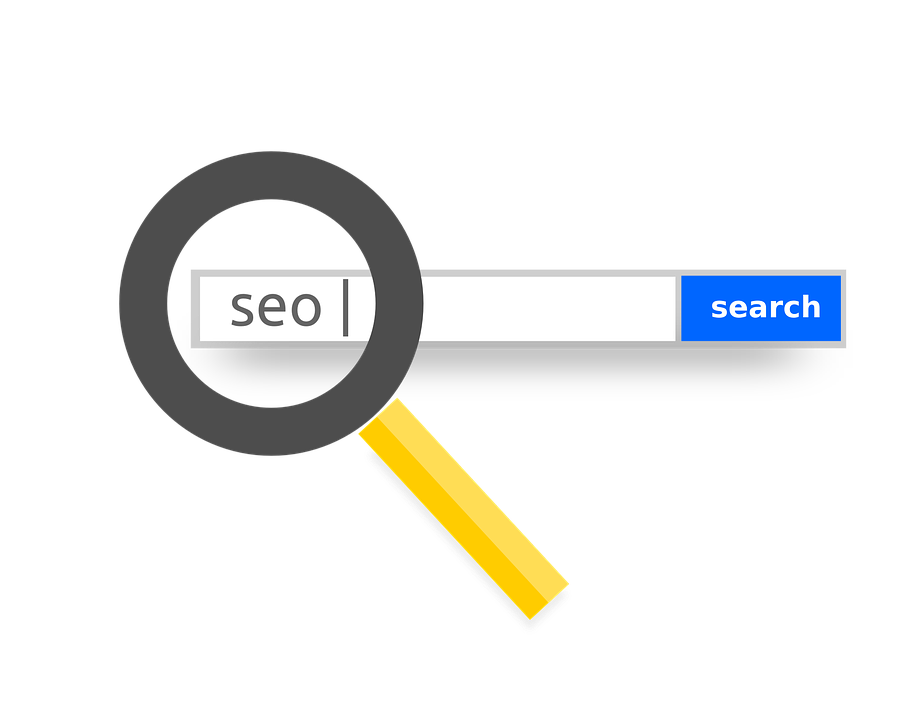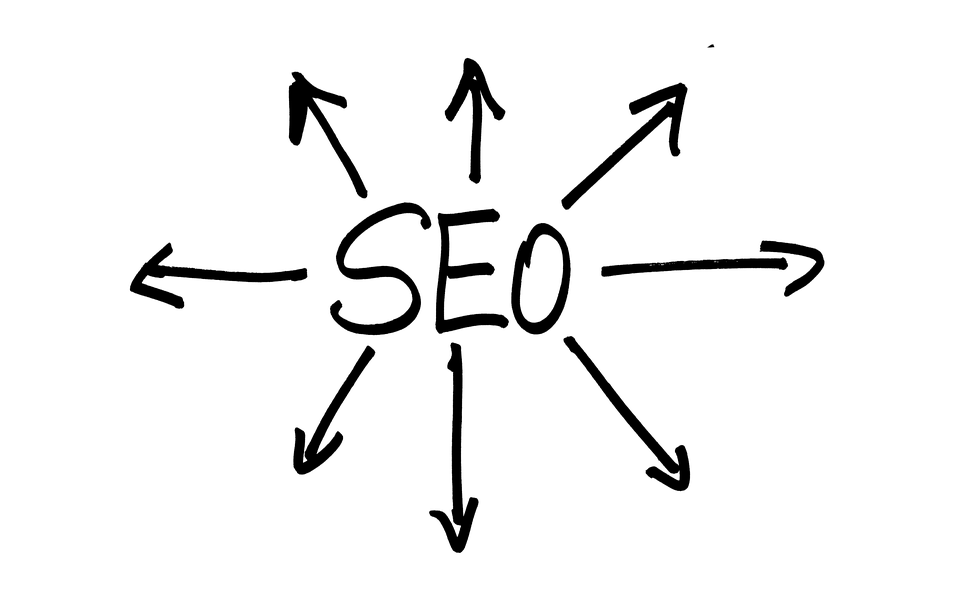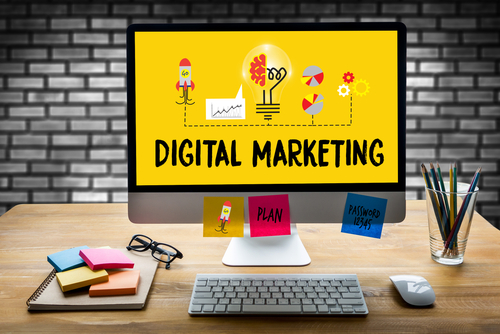In 2016, a local business in Lethbridge, Alberta, won the viral lottery when a raving Facebook post drew in customers in flocks. Whitby’s Fish and Chips shop was struggling for months due to poor location and expensive marketing.
Owner John McMillan, who had been unable to pay himself a salary, shared his plight with a first-time customer Colin Ross. The meeting changed Whitbie’s destiny. Ross posted a Facebook review promoting the shop and urging the close-knit Canadian community to help out McMillan by trying the sumptuous items on Whitbie’s menu.
The post went viral and sent people lining up from opening to well past closing time. According to a local news report, about 400 people visited the shop the day after Ross’s post, and 500 more lined up the next day.
The power of digital marketing

The viral post about Whitbie’s is a dream come true for any business. Not only did it provide the local shop exposure in local and international news outlets, but most importantly, it brought in real customers. Whitbie’s social media success is one of the products of digital marketing.
Digital marketing is simply the promotion of products and services via digital technologies such as the Internet, mobile phones, and display advertising. One of the most popular digital marketing tools is social media where roughly a third of the global population actively interact.
Search Engine Optimization (SEO) is a set of techniques that helps businesses and publishers maximize digital marketing in reaching out to their target audience. Essentially, its main goal is to rank high in search results pages.
Google uses 200 signals in ranking webpages including keywords, the freshness of content, and region. It’s the job of a digital marketing agency to apply effective and ethical SEO strategies to sustain a business’ top ranking in major search engines.
Local SEO and citation consistency
If SEO is macro, local SEO is micro. Local SEO “allows local businesses to promote their services to local customers at exactly the time they’re looking for your type of business.” This set of processes aims to target real customers in a geographical location. Aside from search engines, local SEO uses online directories such as Yelp, Qype, and TouchLocal.

The core of local SEO is information. Your citation or NAP (name, address and phone number) must be updated and consistent in all webpages and online directories. Inconsistency can adversely affect your ranking in organic search results.
Try searching for your business in search engines. You’ll see which webpages still reflect your previous address or old phones. “The citation consistency of your business across the web helps search engines decide where you are geographically relevant for various local search queries,” wrote Sinclaire Dickinson, content strategist at Wired SEO.
Read also: Methods Of Optimizing Local SEO That Is Essential For Small Business
The 3-pack challenge
Recently, SEO experts received news that would make their jobs a little more challenging. Google updated its search results to show three local businesses instead of seven. The business listings were also redesigned to suit the mobile user interface.
According to Google, the update “provides people with more than relevant information, including photos, review, and prices, for searches that have multiple results for a given location.” The challenge lies in how to make into the first three results in the world’s most powerful search engine.
Read also: Avoid These 5 Mistakes Before Starting An SEO
Content strategies for your business

Google’s ranking factors serve as a compass leading the best digital marketing tactics. Ross’ viral Facebook on Whitbie’s Fish and Chips shop has the formula every digital marketer aims to master: a unique content too appealing to influence action.
Ross’ own reputation as an influencer within his own circle was also key. Content is one of the most important signals Google use in ranking webpages. In creating an article or video for your business, use Google’s content-related ranking signals as your guide.
Your content must not only be original, but it should also provide value and unique insights. This increases demand for journalistic materials supported by data and written by experts. Create useful content for your target audience.
Food brands are making 30-second cooking videos sharing how their products can be incorporated in easy-to-make meals. Regularly update your webpages and social media pages as Google takes note of the recency of content updates especially for time-sensitive searches.
Read also: Social Media Marketing Role In Technology
Don’ts in content marketing
Do you need to hire an SEO expert or a digital marketing agency? Google warns that choosing an SEO expert partner is critical for your business as it can either improve your site or risk damage to your site and reputation. “Make sure to research the potential advantages as well as the damage that an irresponsible SEO can do to your site.”
Some of the techniques that you or your SEO expert should avoid is producing duplicate materials on the same site, spinning words to create “new” content, and posting misleading information. Google advises to watch out for rogue SEOs that own shadow domains, place links to their other clients on doorway pages, and offer to sell keywords in the address bar.
Shadow domains direct users to the website through deceptive redirects. Attaining a number 1 ranking on Google is not guaranteed. If your SEO promises a top spot, it’s likely that it’s a scam.
Some content marketing tips from experts
Today, consumers would check online reviews, blogs, and other online information before making a purchase. One tip to boost your local SEO is to submit guest posts on local websites. This will expose your business and offerings, and earn you valuable backlinks. Backlinks are ranking factors.
You should also make use of relevant local keywords. An SEO expert can help you determine the right keywords that will attract local searchers.
Produce content relevant to your local audience. One of the most popular blog posts is how-to’s or “Top 10” lists related to a certain industry. Adding high-quality photos can also help.
A viral post can only come once in a lifetime. Instead of aspiring for something that will be shared everywhere, work for content that will place you on top of search engines and attract real customers within your region of operation. Maximize local SEO. Create useful and appealing content. Reach out to people who will bring value to your business.






















